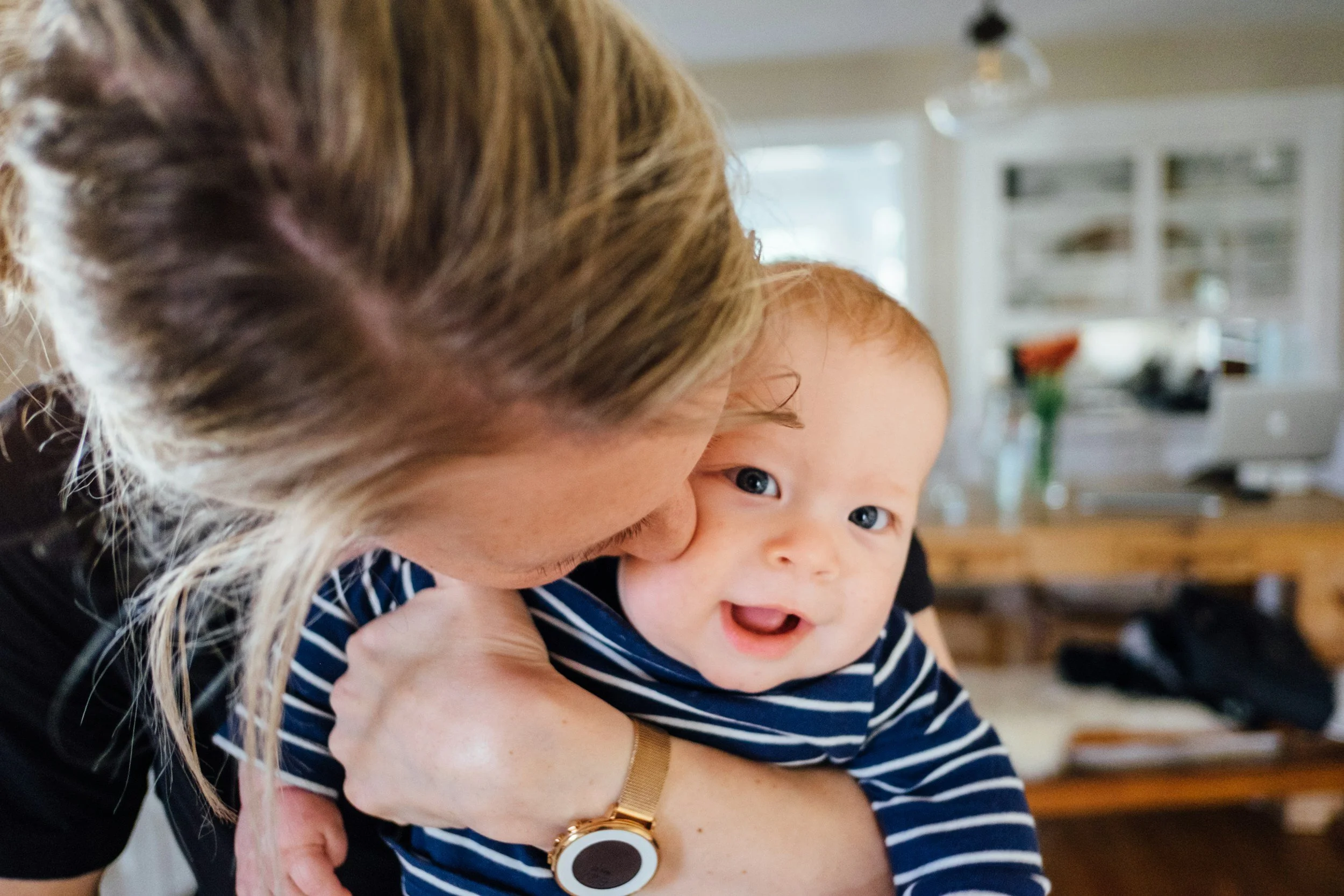Bayesian Statistics: A Comprehensive Guide for Psychology Students
What Are Bayesian Statistics?
Bayesian statistics is more than just a way to analyse data; it’s a way of thinking. Named after Reverend Thomas Bayes, an 18th-century statistician, Bayesian methods revolve around updating beliefs in light of new evidence. Unlike traditional (frequentist) statistics, which focus on fixed probabilities, Bayesian statistics provides a flexible and dynamic framework for reasoning about uncertainty. This approach is particularly valuable in psychology, where human behaviour is complex and often unpredictable.
For example, suppose you’re investigating how stress influences decision-making. Bayesian analysis allows you to start with an initial belief (your prior) and then refine it as you collect more data. This iterative process mirrors how psychologists develop theories, making Bayesian methods both practical and intuitive for psychological research.
In this guide, we’ll explore the history, foundational concepts, applications, and challenges of Bayesian statistics, tailored specifically for psychology students. Practical examples and insights will make these ideas easy to grasp and relevant to your studies.
Key Takeaways
Bayesian statistics focuses on updating beliefs in light of new evidence.
Applications include cognitive psychology, clinical interventions, and decision-making.
While challenges exist, Bayesian methods are becoming increasingly popular in psychology.
Learning and applying these methods can deepen your understanding of human behaviour and enhance your contributions to the field.
Historical Context: From Bayes to Modern Psychology
Bayesian statistics began with Thomas Bayes in the 18th century, whose theorem provided a way to update probabilities based on new evidence. While largely overlooked during his lifetime, Bayes’ ideas were expanded significantly by Pierre-Simon Laplace in the 19th century, who formalized and applied them to a wide range of problems. However, Bayesian methods only gained widespread recognition in the 20th century, thanks to statisticians like Harold Jeffreys and computational advances in the mid-1900s.
In psychology, Bayesian ideas started gaining traction in the mid-20th century, particularly in cognitive science. Researchers studying human judgment and decision-making recognized the value of probabilistic reasoning, though their approaches were not always explicitly Bayesian. More recently, computational models using Bayesian principles have become central to studying learning, perception, and behaviour—core areas of psychological research.
Key Concepts in Bayesian Statistics
To understand Bayesian statistics, let’s break down its foundational elements:
The Theorem
Bayes’ theorem provides a formula for updating the probability of a hypothesis based on new evidence:
Bayesian Formula
$$P(H|E) = \frac{P(E|H) \cdot P(H)}{P(E)}$$
Explanation:
- Posterior Probability \(P(H|E)\): The updated probability of the hypothesis (\(H\)) after considering the evidence (\(E\)).
- Likelihood \(P(E|H)\): The probability of observing the evidence (\(E\)) if the hypothesis (\(H\)) is true.
- Prior Probability \(P(H)\): What you believed about the hypothesis (\(H\)) before seeing the evidence.
- Marginal Probability \(P(E)\): The overall probability of observing the evidence (\(E\)).
Updating Beliefs
Bayesian statistics is all about learning. Each time you gather new data, you update your prior beliefs to form a posterior probability. For example:
Prior: Before conducting an experiment, you estimate there’s a 70% chance stress impairs decision-making.
Likelihood: Your data strongly supports this hypothesis.
Posterior: Combining the prior with the new evidence, your updated belief might now be 85%.
A Practical Example: Medical Testing
Imagine a medical test for a rare disease with a 1% prevalence. The test is 95% accurate, but it also produces false positives 5% of the time. A patient tests positive—how likely is it they actually have the disease?
Using Bayes’ theorem:
$$P(H) = 0.01, \quad P(E|H) = 0.95, \quad P(E) = 0.059$$
Explanation:
- Prior Probability \(P(H)\): 0.01 - The prior probability of having the disease.
- Likelihood \(P(E|H)\): 0.95 - The probability of a positive test result given the disease.
- Marginal Probability \(P(E)\): 0.059 - The overall probability of a positive test result.
The posterior probability works out to approximately 16%. This counterintuitive result demonstrates how Bayesian reasoning incorporates prior knowledge (e.g., the rarity of the disease) to reveal insights.
Despite the test having a 95% sensitivity and 95% specificity, the disease is rare (1% prevalence). Consequently, a large proportion of the positive test results come from the much larger group of people without the disease but who still test positive at a 5% false-positive rate. This explains why someone testing positive still only has about a 16% chance of actually having the disease.
Applications of Bayesian Statistics in Psychology
Bayesian methods have revolutionized how psychologists model and analyse behaviour. Here are some key applications:
Cognitive Psychology
Bayesian frameworks model how humans learn, perceive, and make decisions:
Perception: The brain combines sensory data with prior knowledge to form perceptions, as seen in visual illusions that highlight how prior information influences uncertain situations.
Learning: Bayesian models explain how humans infer cause-and-effect relationships. For example, Griffiths and Tenenbaum (2006) demonstrated how people predict future events by updating beliefs based on evidence.
Decision-Making and Judgment
Bayesian reasoning helps psychologists understand decision-making under uncertainty:
Example: Physicians use Bayesian reasoning when diagnosing diseases, updating the likelihood of a diagnosis based on test results and patient history.
Cognitive Biases: Humans often deviate from Bayesian reasoning due to biases like the base rate fallacy (ignoring prior probabilities). Tversky and Kahneman (1974) highlighted how such biases affect decision-making.
Clinical Psychology
Bayesian methods enable dynamic and personalized approaches:
Personalized Treatment: Therapists can adjust treatment plans based on individual patient progress, aligning with Bayesian principles of updating based on new evidence.
Meta-Analyses: Bayesian techniques incorporate prior studies and update conclusions as new data emerges, leading to more robust insights.
Behavioural and Social Psychology
Bayesian models are used to analyse group decision-making and the spread of misinformation:
Example: Bayesian network models help researchers study how beliefs propagate through social networks, shedding light on how misinformation spreads and how it can be countered.
Advantages and Challenges
Advantages
Flexibility: Bayesian models handle complex, dynamic phenomena, making them ideal for psychology.
Incorporation of Prior Knowledge: Bayesian methods align with how psychological theories evolve by building on existing research.
Intuitive Probabilities: Bayesian probabilities represent degrees of belief, unlike frequentist p-values, which are often misunderstood.
Dynamic Learning: Bayesian reasoning mirrors how humans naturally learn and adapt.
Challenges
Subjectivity of Priors: While priors can introduce bias, sensitivity analyses (testing different priors) mitigate this concern.
Computational Complexity: Bayesian methods require significant computational resources, but modern tools like JAGS and Stan have made these methods more accessible.
Resistance to Adoption: Many psychologists trained in frequentist methods may hesitate to adopt Bayesian approaches. Improved education and user-friendly software are helping bridge this gap.
Real-World Case Studies
Bayesian Brains: A 2011 study demonstrated how human brains perform Bayesian-like computations, particularly in estimating object trajectories. For instance, when estimating the trajectory of a moving object, the brain combines prior knowledge with current visual data—a process closely aligned with Bayesian inference.
Cognitive Biases: Tversky and Kahneman (1974) showed that cognitive biases often lead people to deviate from optimal Bayesian reasoning. This highlights the importance of teaching psychologists to consider prior probabilities when interpreting data.
Simply Put
Bayesian statistics isn’t just a method for analysing data—it’s a way of thinking that aligns with the iterative nature of psychological research. By incorporating prior knowledge and accounting for uncertainty, Bayesian methods provide an intuitive and flexible framework for studying human behaviour.
Whether you’re modelling perception, analysing therapeutic outcomes, or studying social networks, Bayesian methods offer powerful tools for understanding the complexities of the mind. As computational tools and education advance, embracing Bayesian reasoning will position you at the forefront of modern psychological science.















